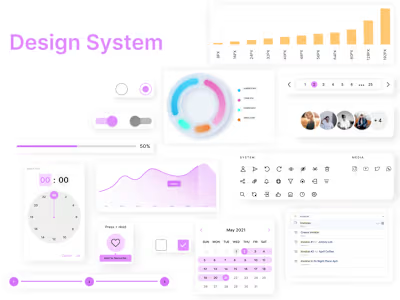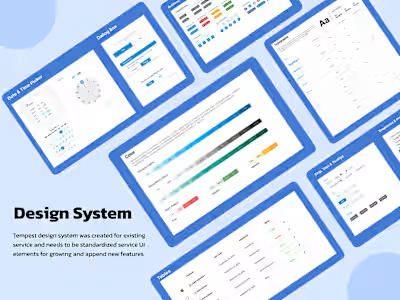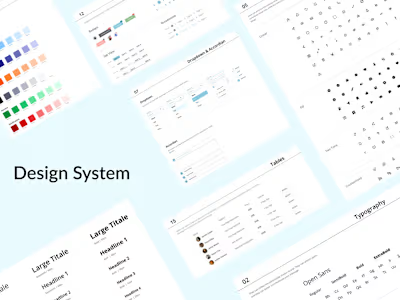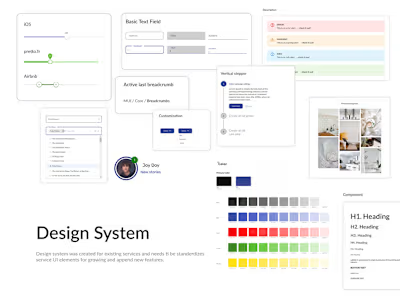Restaurant Listing: Explore and Discover the Best Restaurants

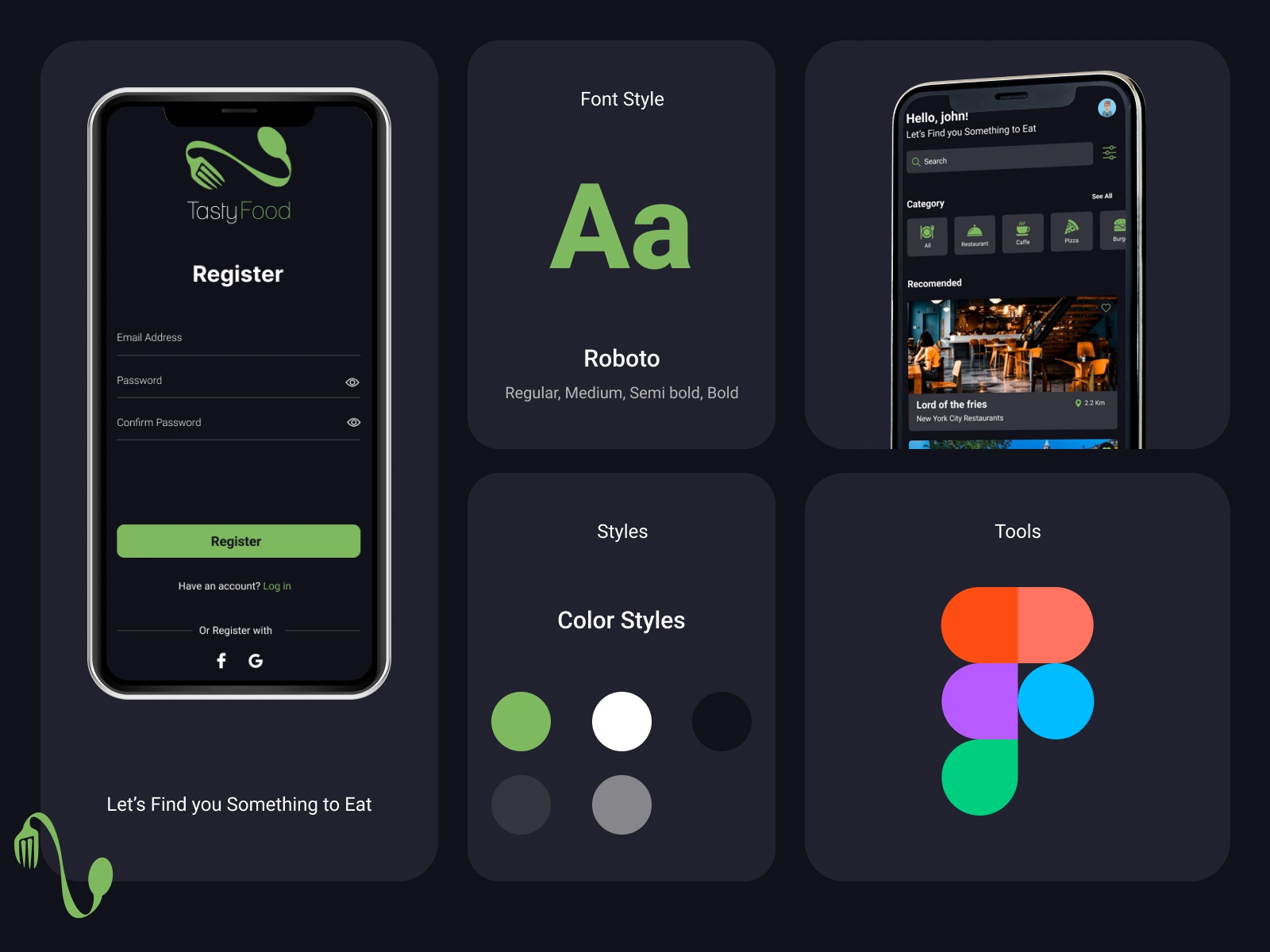

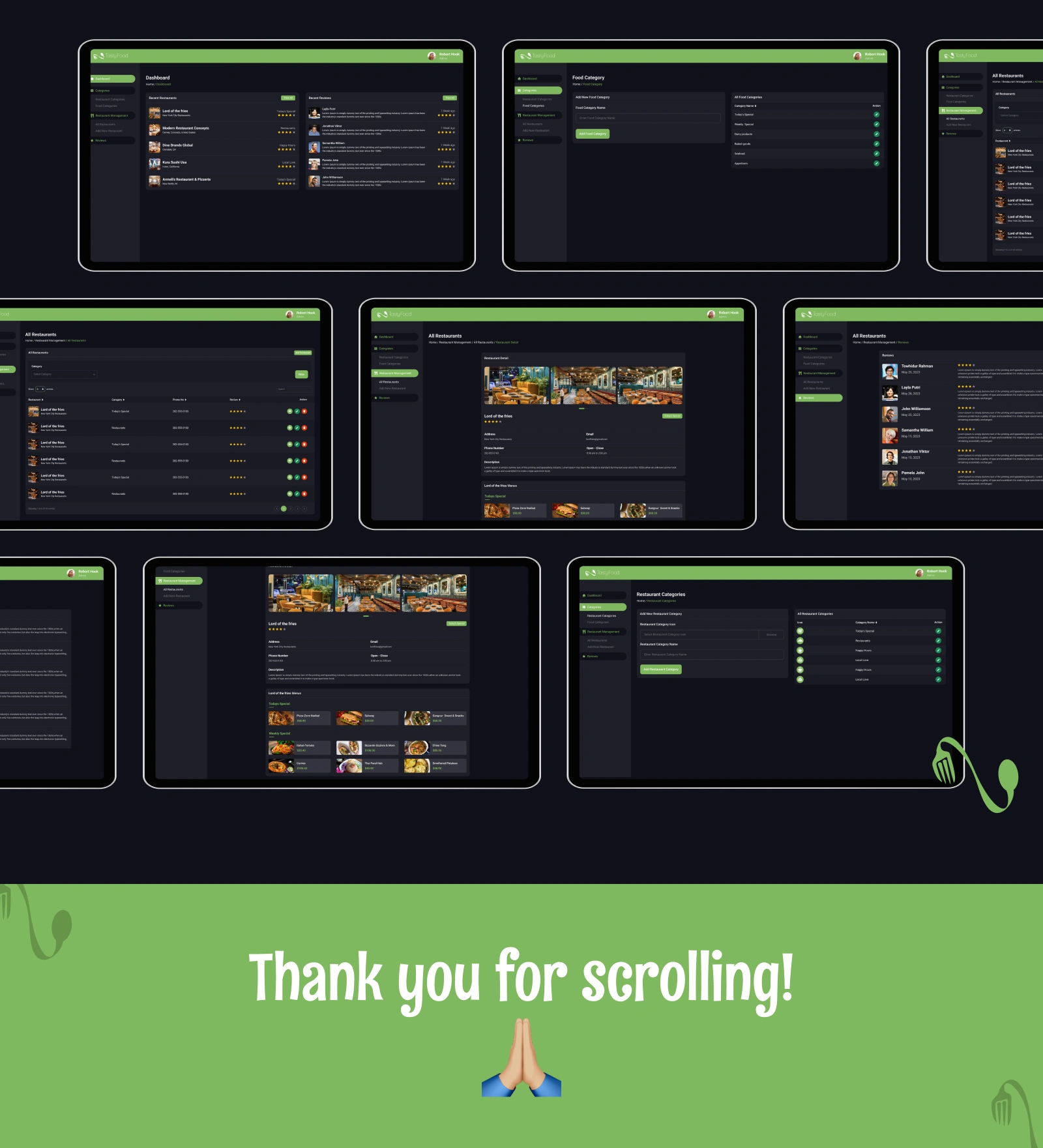
Short Description:
DineFinder, a restaurant listing platform, enables users to explore and discover the finest dining establishments nearby, providing comprehensive information for an optimal dining experience.
Project Overview:
DineFinder, known as the Restaurant Listing platform, offers users the ability to explore and discover the best dining venues in their vicinity. It aims to provide a comprehensive directory of restaurants to enhance users' dining experiences.
Challenge:
The primary challenge involves curating and presenting an extensive listing of diverse restaurants while ensuring accuracy, relevance, and user-friendly access to information.
Solution:
The solution is "DineFinder," a robust restaurant listing platform providing users with an easily accessible and comprehensive directory of nearby restaurants, allowing for effortless exploration and discovery.
Research:
Secondary Research:
Secondary research analyzing existing restaurant listing platforms, user preferences in restaurant discovery, popular dining trends, and local culinary preferences.
Primary Research:
Primary research engaging with diners, food enthusiasts, restaurant owners, and local food critics to understand their preferences, expectations, and challenges in restaurant discovery and selection.
Personas:
Personas such as creating personas representing diverse user groups such as foodies, families, tourists, and business diners to understand their specific requirements and preferences within DineFinder.
Ideation:
Conducting brainstorming sessions to generate ideas for features such as search filters, user reviews, restaurant information display, and an intuitive user interface within DineFinder.
User Stories:
Identifying user stories derived from personas to define essential features and functionalities aligning with diverse user requirements using DineFinder.
Design:
Wireframes:
Wireframes will be created to outline the user interface of the platform, showcasing the layout and structure. These visual representations will facilitate early feedback and usability testing.
Moodboard:
The moodboard will define the visual identity of "DineFinder" It will curating design elements reflecting dining experiences, culinary aesthetics, and user engagement to guide the visual identity of DineFinder.
Style Guide:
A comprehensive style guide will establish consistent design principles, encompassing color palettes, typography, iconography, and imagery. These guidelines will ensure coherence and cohesion across the platform.
Hi-Fidelity Wireframes:
High-fidelity wireframes will transform the design concepts into detailed, interactive prototypes. These prototypes will demonstrate the final look and functionality of "DineFinder" encouraging engagement and user feedback.
Prototypes:
Building interactive prototypes for stakeholders to experience and provide feedback on DineFinder's features and usability before final implementation.
Testing:
Usability Testing:
Usability testing will involving diners to test DineFinder's usability, search functionality, restaurant information accuracy, and overall user experience.
Redesign:
Iteratively refining DineFinder based on testing outcomes to enhance usability and relevance in restaurant discovery.
Reflections:
Reflecting on the impact of DineFinder in facilitating restaurant exploration, emphasizing improved user engagement and accurate information dissemination.
Development Process:
Involving technology stack selection, methodology adoption, frontend and backend development, database design, rigorous testing, quality assurance, and deployment for a scalable and user-friendly restaurant listing platform.
This structured breakdown outlines the various stages and processes involved in developing "Restaurant Listing: DineFinder: Explore and Discover the Best Restaurants Near You" aimed at providing a comprehensive and user-friendly platform for restaurant exploration and discovery.
Like this project
Posted Dec 14, 2023
DineFinder, a restaurant listing platform, enables users to explore and discover the finest dining establishments nearby, providing comprehensive information





